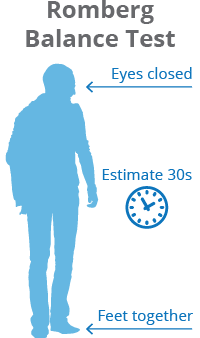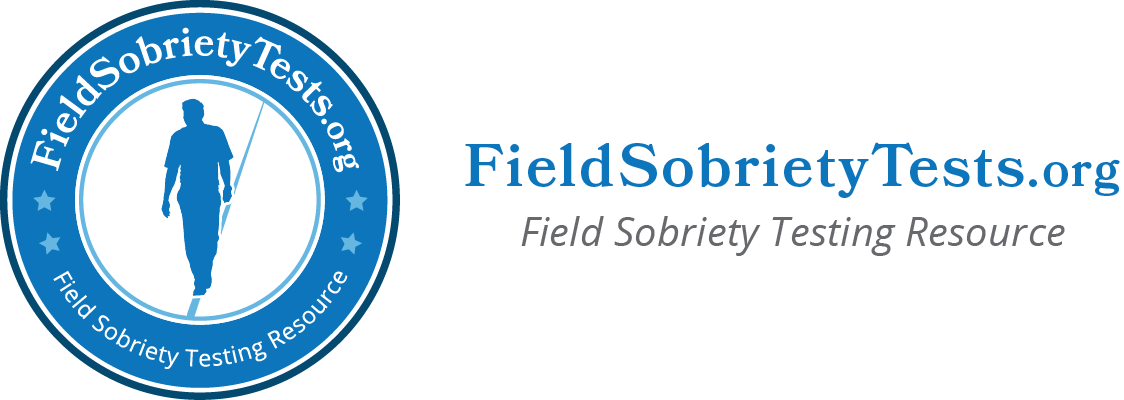Romberg Balance Test
Named after Moritz Heinrich Romberg, a German neurologist, the Romberg balance test evaluates neurological function. While not one of the field sobriety tests approved by the National Highway Traffic Safety Administration (NHTSA), the Romberg test is sometimes used by law enforcement to determine if a driver is under the influence.
How the Romberg Test Works
The Romberg test is based on the idea that two of the following three functions are necessary to maintain balance: vision, vestibular function (equilibrium, motion and spatial orientation information provided by the inner ear) and proprioception (knowing how your limbs are oriented in space). If an individual is unable to properly balance using two of these functions, it may be an indication of a neurological problem or—when administered as a field sobriety test—intoxication.
To administer this test, the officer will ask you to stand with your feet together, head tilted slightly back and eyes closed. You will be asked to estimate when 30 seconds has passed, and say "stop" when you think it's been that long.
While you are balancing, the officer will look for six clues: amount and direction of swaying, eyelid/body tremors, estimate of when 30 seconds has passed, muscle tone, sounds or statements made during the test, ability to follow directions.
Challenging the Romberg Test Results
Unlike the walk-and-turn, one-leg stand and horizontal gaze nystagmus tests, the Romberg balance test is not standardized, which means there are no formal guidelines on its administration or scoring. For this reason, contesting your result is possible.

